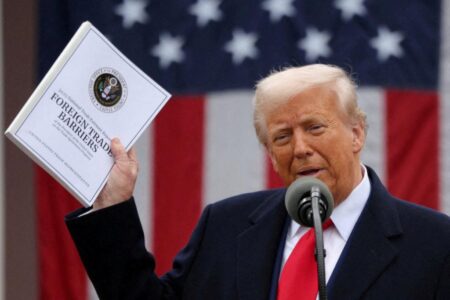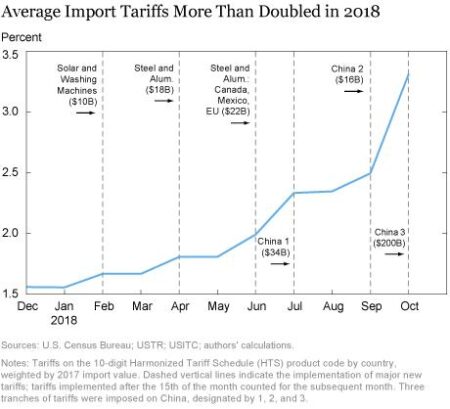As tensions escalate in the ongoing trade conflict, experts weigh in on whether China can withstand a prolonged U.S. tariff war. With its vast manufacturing base and strategic economic measures, Beijing may have tools to mitigate the impact.
Browsing: protectionism
In a significant trade move, President Trump has announced plans to impose a 24% tariff on imports from Japan, with a minimum 10% tariff affecting all countries. This decision aims to address trade imbalances and protect domestic industries, raising concerns among global trade partners.
Despite President Trump’s decision to postpone tariffs on various imports from Canada for a month, Canada will maintain its own tariffs on U.S. goods. This development highlights ongoing trade tensions between the two nations as negotiations continue.
The recent Trump tariffs aim to protect American industries from foreign competition, advocating for job preservation and economic stability. Proponents argue that these measures create a more equitable trade environment, ultimately benefiting U.S. workers.
Italy’s business lobby has criticized Trump’s tariff policy, labeling it an unwarranted attack on EU industry and jobs. The tariffs threaten to disrupt trade ties and could significantly impact the Italian economy, as companies brace for potential losses.
As the U.S. imposes tariffs and tightens trade restrictions, China is strategically opening its markets, seeking greater global economic integration. This contrasting approach may reshape international trade dynamics, highlighting a pivotal shift in global economic policy.






